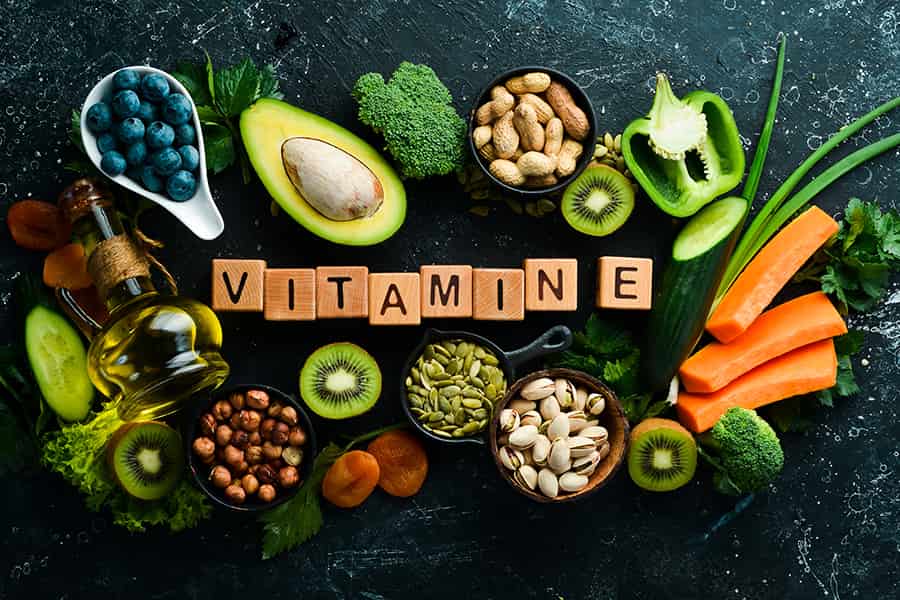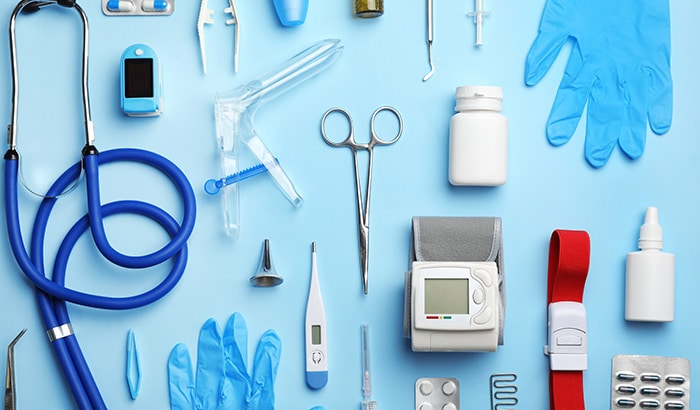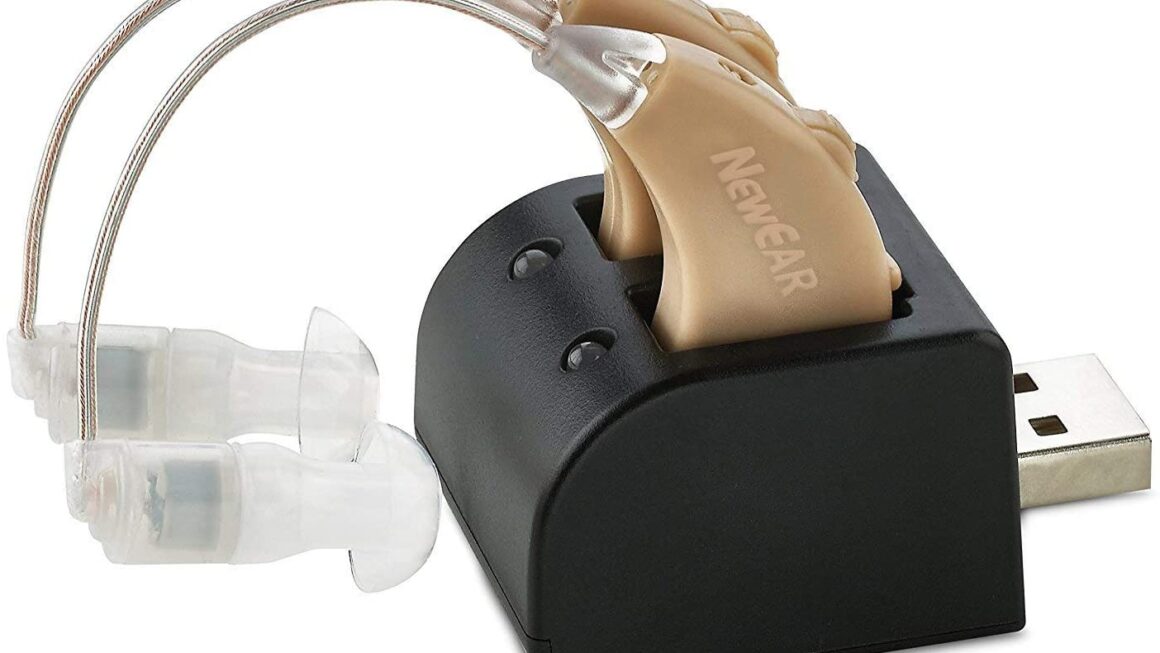Varicose veins are a common condition, which millions of people in the world suffer from. Often appearing as swollen, twisted veins that are visible just beneath the skin’s surface, varicose veins can cause discomfort, pain, and self-consciousness. Unfortunately, there are a lot of false beliefs about this ailment, which causes confusion and ignorance among those who are affected by it.
In this article, we aim to shed light on these misconceptions and provide accurate information to help individuals understand varicose veins better.
Varicose Veins are Purely a Cosmetic Issue
One of the common misconceptions surrounding varicose veins is the notion that they are solely a cosmetic concern and do not pose any significant health risks. However, this belief fails to capture the full picture and their potential impact on an individual’s well-being.
In reality, varicose veins can cause a range of symptoms that extend beyond cosmetic appearance. These symptoms may include pain, discomfort, swelling, itching, and aching legs. In some cases, it can lead to more serious complications such as skin ulcers, blood clots, and deep vein thrombosis, or DVT. Ignoring these symptoms and considering it as merely an aesthetic issue can delay proper medical evaluation and potentially exacerbate the underlying problems.
Debunking the misconception is crucial for raising awareness about the potential health risks associated with this condition. By understanding that varicose veins can cause physical discomfort and even lead to severe complications, individuals are more likely to seek medical attention, receive appropriate diagnosis, and explore suitable treatment options. Addressing this condition not only improves the appearance of the affected veins but also aims to alleviate pain, enhance overall leg circulation, and reduce the risk of complications.
Only Women Develop Varicose Veins
While it is true that women are more prone to developing varicose veins, it is important to debunk the notion that it exclusively affects them. This condition can affect individuals of any gender. Actually, the misconception stems from the fact that hormonal changes during pregnancy and menopause make women more susceptible to developing them. However, men can also develop varicose veins due to various factors such as genetics, lifestyle choices, or occupations that involve prolonged periods of standing or sitting.
By dispelling the misguided notion that varicose veins exclusively afflict women, we can actively promote consciousness and urge individuals of all genders to prioritize the well-being of their legs. It is crucial for men to avoid overlooking the potential occurrence of varicose veins solely due to their gender. Recognizing the importance of early detection, prevention, and treatment is imperative for individuals of all genders alike. Regardless of gender, everyone should understand the significance of proactive leg health management.
Crossing Legs Causes Varicose Veins
Another common misconception surrounding varicose veins is the belief that crossing legs is a direct cause of their development. However, it is important to clarify that while crossing legs for prolonged periods can contribute to poor blood circulation, it is not the sole cause. Its primary underlying cause lies in weakened or damaged valves within the veins, which leads to blood pooling and vein enlargement.
Crossing legs can potentially restrict blood flow and contribute to poor circulation, but it is just one of many factors that can contribute to its development. Other significant factors include genetic predisposition, obesity, hormonal changes, pregnancy, and occupations that involve prolonged periods of standing or sitting.
Giving factual information regarding this problem requires debunking the common misconception that bending over causes varicose veins. Promoting a thorough grasp of the many causes and risk factors at play is crucial. Individuals are therefore better able to adopt lifestyle decisions that support good blood circulation and lower the risk of having this condition.
Exercise Makes Varicose Veins Worse
There is a belief that exercise exacerbates the condition and makes it worse. But then, this is a misconception that needs to be debunked. In reality, exercise is not detrimental to varicose veins; in fact, it can be beneficial for their management and overall vein health.
Regular exercise plays a crucial role in improving blood circulation and strengthening the muscles that support the veins. Engaging in activities such as walking, cycling, swimming, or low-impact exercises can help enhance blood flow and reduce the pooling of blood in the affected veins. And as individuals maintain an active lifestyle, they can potentially alleviate symptoms, such as leg pain, swelling, and discomfort.
It is important to note that certain high-impact exercises or activities that involve heavy lifting may not be advisable for individuals with severe varicose veins or other related complications. In such cases, consulting with a healthcare professional or vein specialist is recommended to determine the most appropriate exercise regimen.
Varicose Veins Only Affect the Elderly
One of the most prevalent misconceptions surrounding varicose veins is the belief that they exclusively impact the elderly population. However, this is far from the truth. While it is accurate to say that age can be a contributing factor, this type of condition can develop at any age. Numerous factors, such as genetics, pregnancy, obesity, and prolonged periods of standing or sitting, can increase the risk of developing this condition, regardless of age.
By debunking the misconception that varicose veins only affect the elderly, we aim to emphasize the importance of early detection and appropriate preventive measures for individuals of all age groups. Young adults and middle-aged individuals who experience symptoms such as leg pain, swelling, or visible veins should not dismiss the possibility of this condition simply because they are not in the elderly category. Seeking medical attention and proper diagnosis can help it be identified early on and facilitate timely interventions to prevent further complications.
Key Takeaway
Debunking common misconceptions about varicose veins is crucial for promoting accurate knowledge and understanding of this prevalent condition. By dispelling these misconceptions, individuals can make informed decisions regarding their vein health, seek appropriate medical attention, and adopt preventive measures effectively. It can even empower individuals to take proactive steps towards their vein health, seek appropriate medical care, and implement preventive measures effectively. Remember, accurate knowledge is key to managing this condition and improving overall well-being.












